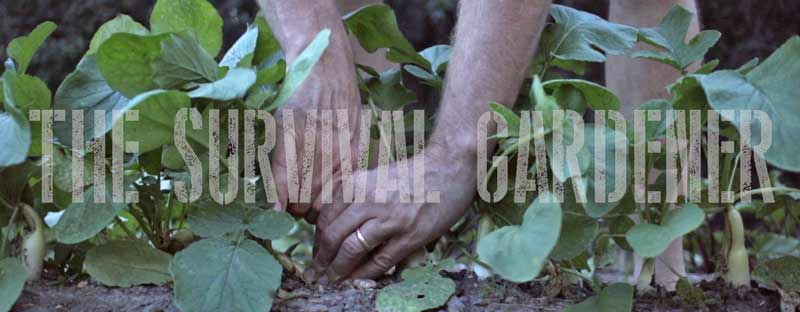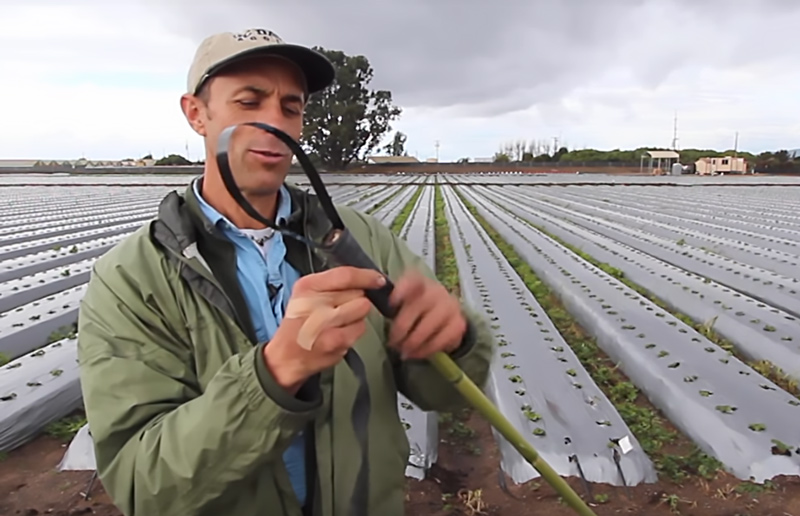This is cool:
Last night I took Rachel out to a joint where a lot of boaters hang out so we could listen to live music. I was recognized as “the bass player” (I played there once before) and pressed into service. I got to borrow a guitar and play some ripping blues solos. It was fun watching people lean in and go “hey… this guy is good!”
I don’t play much for audiences, but it was fun. Rachel had a great time too. Maybe I’ll convince her to bring her violin next time.
One of the guys played a song I hadn’t heard before, which I quite enjoyed:
But back to the hoe. This is a gardening blog, after all.
Oh no, wait – we also listened to this one:
Okay, back to the hoe.
It’s a nice, simple design. Sort of a poor man’s version of the wire hoe.
I like the presenter, too. I could hang out with that guy.

